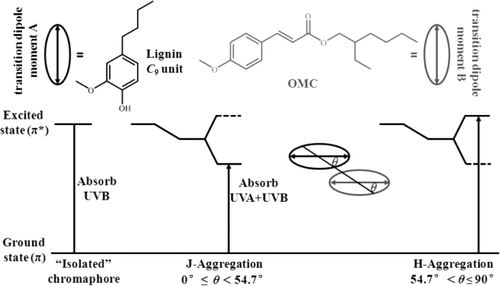Lignin from plants boosts the effectiveness of sunscreen

Warm weather means beach vacations and pool-dipping for many of us. It also signals a season of slathering on sunscreen to avoid getting burned. Someday, those products could be enhanced with lignin, a natural material in plants and a major waste product of the paper industry. Scientists report their findings on what kind of lignin works well for this purpose in the journal ACS Sustainable Chemistry & Engineering.
Most sunscreen products on the market today contain synthetic compounds that help prevent ultraviolet rays from damaging skin. But consumers are searching for better product performance that comes from natural sources to protect themselves from sun damage. As a step toward meeting this demand, scientists have added compounds from a variety of sources, including green coffee, soy and papaya to sunscreens. Shiping Zhu, Xueqing Qiu and colleagues wanted to test different kinds of lignin for their potential as an enhancer.
The researchers showed that out of five types of lignin tested, organosolv lignin improved the sun protection factor (SPF) of sunblock the most. Sunscreen containing just one percent of this compound had double the lotion's original SPF—it went from 15 to 30. A lotion with 10 percent organosolv lignin increased SPF even further, from 15 to almost 92, but excessive amounts of hydrophilic lignin such as lignosulfonate caused the product to start separating. More work is needed, but the results represent a promising first step toward the development of lignin-containing sunscreen, say the researchers.
More information: Yong Qian et al. Sunscreen Performance of Lignin from Different Technical Resources and Their General Synergistic Effect with Synthetic Sunscreens, ACS Sustainable Chemistry & Engineering (2016). DOI: 10.1021/acssuschemeng.6b00934
Abstract
Five types of industrial lignin are blended with a pure cream and a commercial sunscreen lotion. Lignin is found to significantly boost their sunscreen performance. Photostability of the lignin-modified lotions is analyzed. The results show that hydrophobic lignin has better sunscreen performance than hydrophilic counterpart. Sun protection factor (SPF) of the pure cream containing 10% organosolv lignin (OL) reaches 8.66. Small amount of hydrophobic lignin dramatically increases SPF value of the sunscreen lotions. Adding 1% lignin almost doubles the sun lotion's SPF. Addition of 10% OL to the lotion boosts its SPF from 15 to 91.61. However, it is also found that hydrophilic lignin tends to demulsify the lotions due to an electrostatic disequilibrium. After 2 h of UV radiation, UV absorbance of all the five lignin-modified sunscreen lotions increases up to the limit of measuring instrument. All the lignin types studied in this work are found to have a general synergistic effect with sunscreen actives in the commercial lotion. An effort is also made to elucidate radical mechanisms of the synergy.
Provided by American Chemical Society















